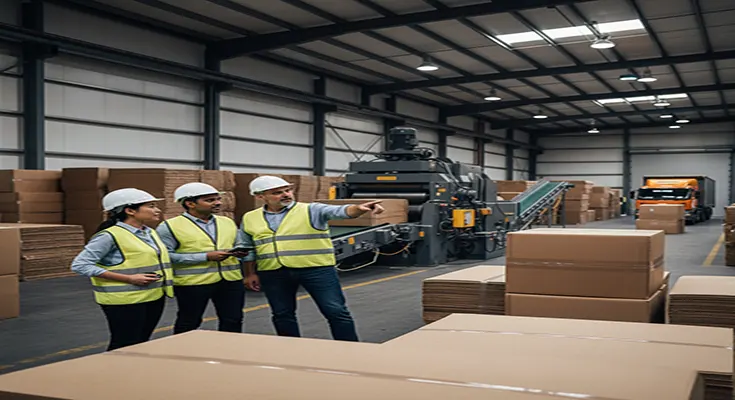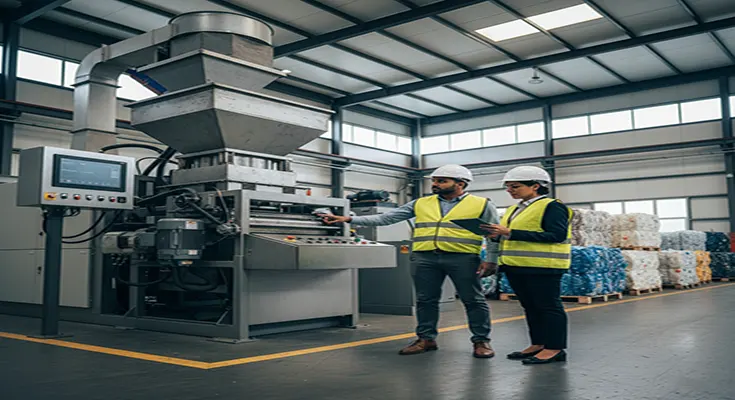
Insuring Your Investment: Is Electronics Insurance Worth It for a New Flagship Phone vs. Your Home Contents Policy?
Purchasing a new flagship smartphone is a significant investment, often costing upwards of a thousand dollars. Protecting that device is paramount, but the question remains: should you rely on your existing Home Contents Insurance policy or opt for a dedicated Electronics/Mobile Phone Insurance plan? The “worth it” factor depends heavily on your lifestyle, risk tolerance, and, crucially, the fine print of each policy.
Here is a breakdown of the key differences to help you decide which path offers the best value and protection for your high-value handset.
Home Contents Insurance: The Baseline Coverage
Your standard Home Contents Insurance is designed to cover your personal belongings against “standard perils” like fire, flood, and theft within your home.
What is Typically Covered (with caveats):
- Theft from Home: Your phone is usually covered if it’s stolen during a break-in, just like any other belonging.
- Major Damage at Home: Damage from a covered event





